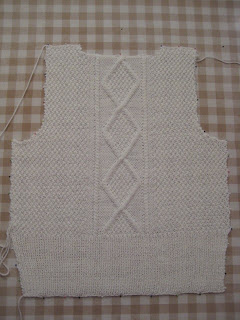As you know, my 7 Days, 7 Untried Things Challenge didn't come to a very good start, and I'm afraid that it's still not ready to take off completely. However, I'm thinking a 3 Days, 3 Untried Things Challenge might work for now, so today I'm presenting Untried Thing No 1:
Perfect Pearls pearlescent pigment powders. (Don't you just love the alliteration in that one?)
Perfect Pearls is a mica powder produced by Ranger, which is acid free and non toxic, and it has a built-in binder so you don't have to combine it with any other medium, unless you want to. You can find more information about the product
here.
I also have a similar product in my stash, which I'd forgotten about when I bought the Perfect Pearls:
Pearl Ex powder by Jacquard. The first question that I wanted an answer to was therefore: is there a difference between the two? The answer is yes. Perfect Pearls has an built-in binder, whereas Pearl Ex needs to be combined with a separate binder. Since this is the case, I decided to use Perfect Pearls on paper with water to activate the built-in binder, but to save Pearl Ex for later experiments with acrylic and fabric mediums on fabric, and possibly paper too. Stay tuned for those later. I need to get more supplies before I can conduct my experiments... (What an excellent reason to go to the art shop.)
I tried Perfect Pearls on both white and black paper and discovered that the metallic shine is much stronger on dark paper than on light. However, if you want to add extra lustre to colours, you are better off with light paper. I used the powder both as a glaze and a paint. The difference is simply in the amount of water you add. Less water creates a more opaque metallic paint. I mixed the powder with both plain water and watercolour. I love the shimmery colours you get when you mix the powder with watercolours. I also mixed a glaze which I applied on top of watercolour pencils, Inktense pencils, Graphitint pencils, ordinary coloured pencils and pastel pencils. All worked well and gave slightly different results. The glaze took on the colour of the watersoluble pencils. I also used wax crayons as a resist for a thin wash of Perfect Pearls, and I loved the effect of black resist on black paper. I also realised that it was time to try another two untried products that I have in my stash:
Versa Mark Watermark stamp pad and
Versa Marker Watermark pen by Tsukineko. These left an invisible mark on the paper, which was magically revealed when you dusted dry powder over it. One is used with stamps and the other is a pen you can draw with. The dry powder needs to be fixed with a spritz of water.
So these are my findings so far, and here are a couple of pictures from my sketchbook:
Perfect Pearls can also be combined with embossing powder, shrink plastic and polymer clay, but I'll leave those for another time. I'm very pleased with what I've discovered so far.
Thanks for reading and I hope you'll visit my blog again soon! - Annika

















